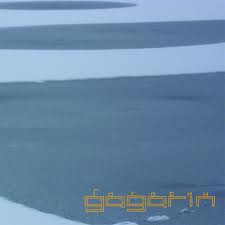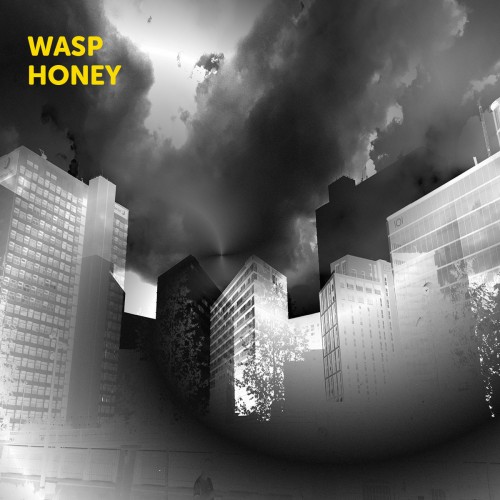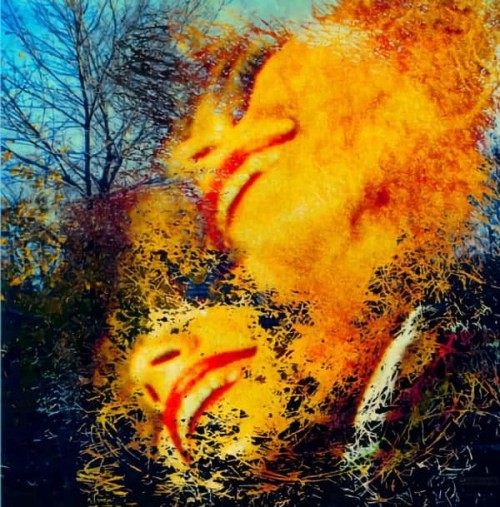 Gagarin’s sole member Graham ‘Dids’ Dowdall, has played with various cult and avant-garde and electronic musicians over the years including Nico, John Cale and Suns of Arqa. This polymath of musical activity may go some way to explaining the patch-bay electronica of Biophilia as it majestically slides through 11 tracks of uneasy ambience. At times it’s hardened-edge electronics seems to have more in common with Ben Frost’s 2009 By the Throat album than anything from more formal arts background. But this would do the album an extreme injustice as there is a greater depth here than maybe it first seems.
Gagarin’s sole member Graham ‘Dids’ Dowdall, has played with various cult and avant-garde and electronic musicians over the years including Nico, John Cale and Suns of Arqa. This polymath of musical activity may go some way to explaining the patch-bay electronica of Biophilia as it majestically slides through 11 tracks of uneasy ambience. At times it’s hardened-edge electronics seems to have more in common with Ben Frost’s 2009 By the Throat album than anything from more formal arts background. But this would do the album an extreme injustice as there is a greater depth here than maybe it first seems.
“Third Rail” has a wash of treated keyboards over a vibrant drum pattern that lifts the album away for a period from its more avant-garde meanderings into a vibrant, almost, Berlin School abstract tonalities to create an underlying melody beneath the rhythm assault. “Galanthus’” minimalist structure points more towards late 70s ambient recordings mixed with Stockhausen-style electronics, it drifts within its own space like a bird hovering in the air. “Kedr” mixes cosmonaut Yuri Gagarin communicating with ground control over glitch pulse and droning bass panels and warped keyboard stabs that build up a slow momentum and gets slightly more frantic and edgy as it carries on.
“Last Child in the Woods”starts with a similar bass drone to “Kedr” but then begins to sparkle with some sequencer work and melancholic chords that give a off a similar feel to Bowie/Eno’s Low period in the sense of alienation of its landscape and a feeling of viewing something from afar. “Carbon Flux” begins with flickering keyboards which give way to a dub-style drum pattern and a harder synth patch that drags in back to old school 90s dance music envelopes that stop/start over a pulsating bass. “Chalybeate” has battling punchy synth and drums that collide into the most straight forward beat on the album, where the rhythm is king and John Foxx-sounding synths fight it out for the melody. “Dopplar” sounds like a sped up version of Eno’s Discreet Music played by Les Dawson and is a rather odd end to the album, but one that leaves the listener hanging in an strange head space that reacts against rather than manipulates its surroundings.As a musical journey or even as a soundscape journey I’m not sure if the album works in that kind of flow structure. As individual pieces the elements work well, so I’m more inclined to view the album as that as it works more within its favour than to see them as intermingling pieces that bring together some intellectual ‘whole’ for its sonic experience. It’s certainly a journey worth taking like a random ramble into who knows where.
-Gary Parsons-



